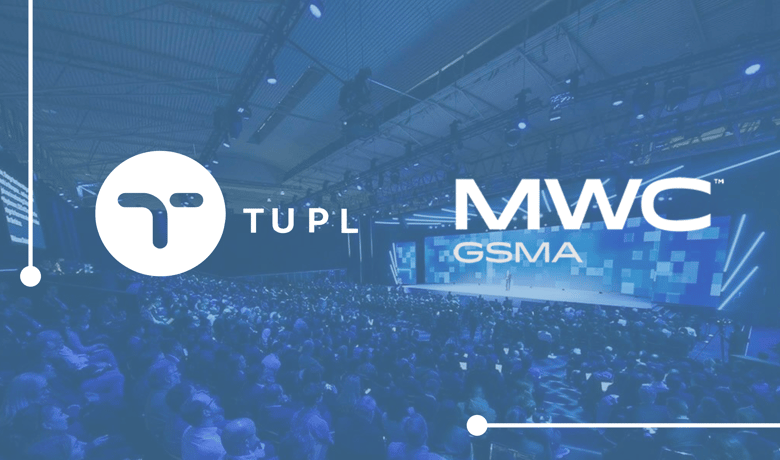
*To have the best experience, we recommend using Google Chrome as your web browser. Currently only available for computers.

Bellevue, Washington – June 2024

Bellevue, USA; Malaga, Spain; Tokyo, Japan

Bellevue, Washington – February 2024
90%
Manual effort reduction from automating repetitive tasks
x100
Faster response to customer technical complaints, leading to increased customer satisfaction
+20
AI solutions deployed in the best Telco Operators around the globe
100%
Consistency in decisions, avoiding different outcomes for the same issue